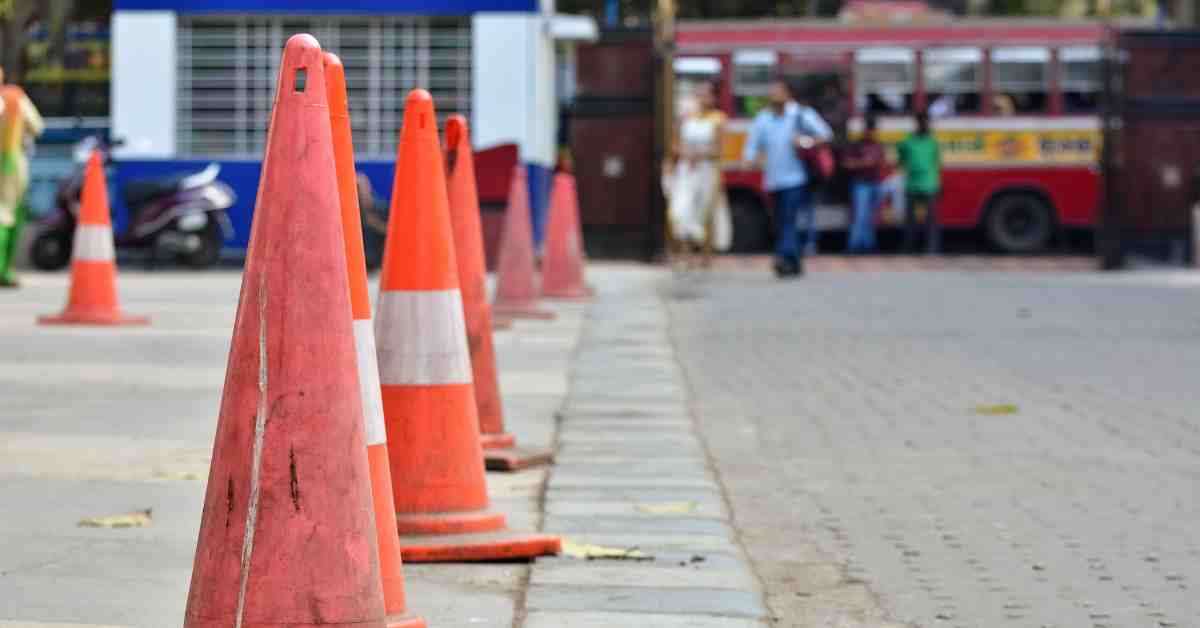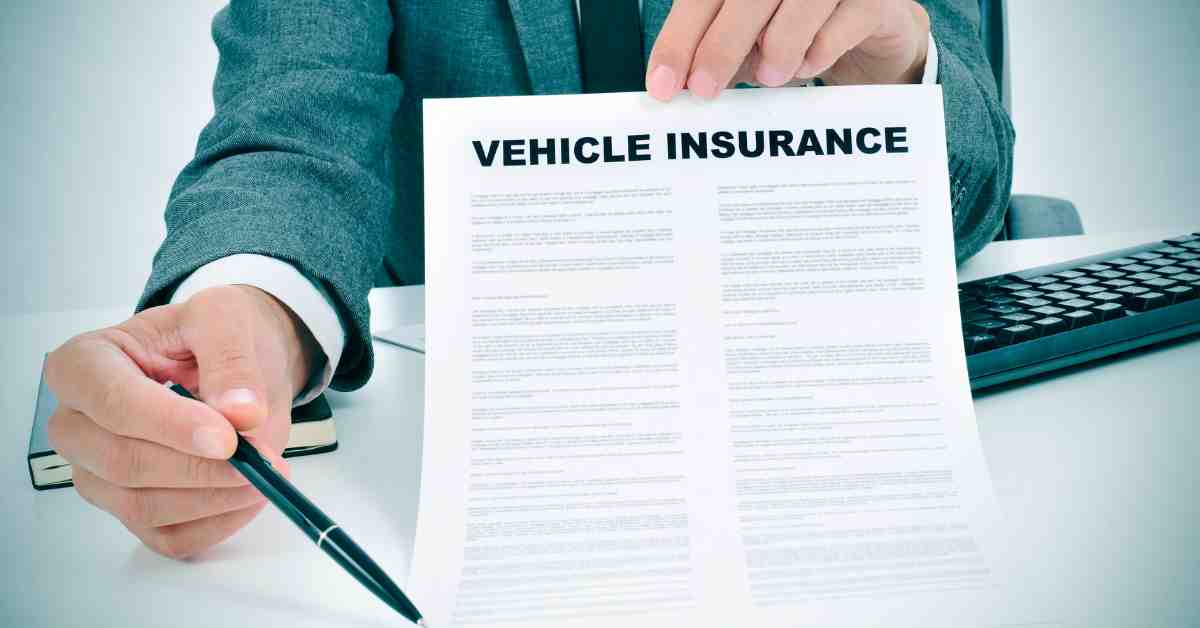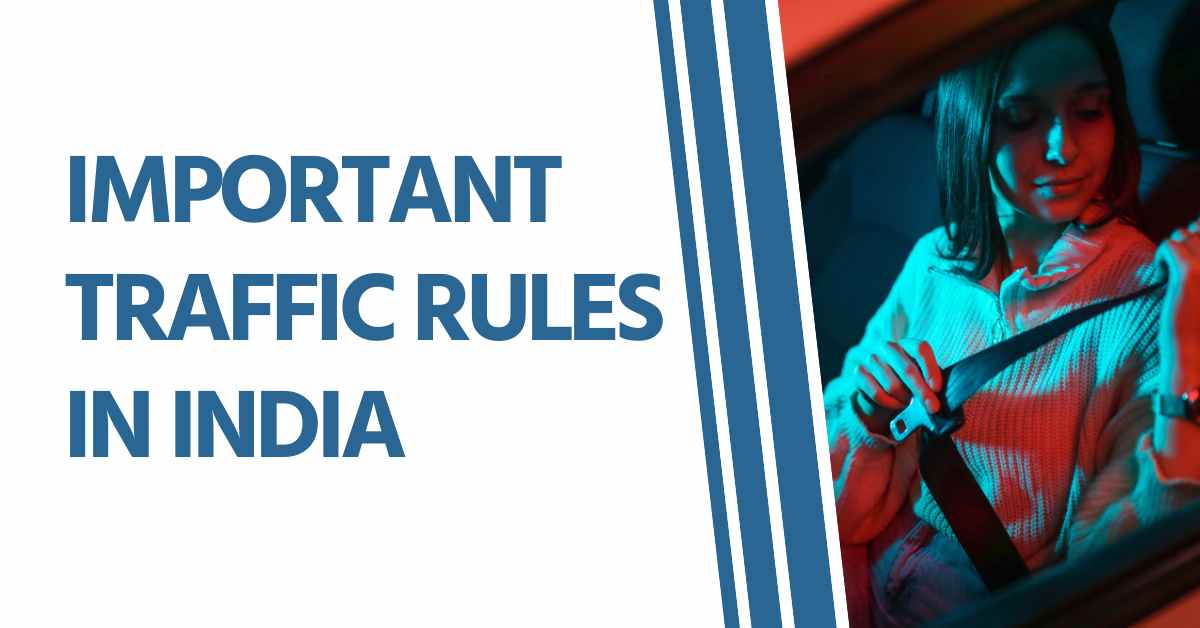With the hustle and bustle of everyday life, it is easy to forget that driving requires more than area code memorization – there are important traffic rules in India that must be maintained for safety and efficiency.
Whether you’re a newcomer who is just learning how to drive or an experienced driver, knowing the relevant rules can help ensure your trips are safe, smooth sailing experiences.
In this blog post, we will cover some of the essential traffic rules to keep in mind whenever you’re on the road.
Understanding these critical regulations can help protect yourself and other drivers from potentially loosened laws — thus raising everyone’s chance of having a pleasant journey.
A Deep Dive into Most Important Traffic Rules In India

India has a comprehensive set of traffic rules and regulations that are designed to ensure the safety of all road users. Here’s a look at some of the most important traffic rules in India:
#1. Wear a Helmet
Motorcyclists in India are required by law to wear a helmet at all times while riding their bikes. This includes both driver and pillion, regardless of whether they live inside or outside city limits.
Helmets can significantly reduce head injuries when involved in an accident; however, many people still choose not to wear them as they feel uncomfortable or think that they do not look cool with one on.
Also Check: Tips for Replacing a Damaged or Broken Headlight
#2. Seat Belts
Everyone who sits inside a car must wear their seat belt whenever the vehicle is moving – no exceptions. It’s illegal for anyone (driver or passenger) to not use their seat belt while traveling along any public roads within India.
Doing so automatically results in heavy fines from local authorities unless specified otherwise (e.g., if you have medical documents proving inability).
The safety benefits provided by wearing your seatbelt cannot be overstated; so never forget to buckle up before hitting the road.
#3. Obey Traffic Signals & Lights
It goes without saying that any driver should always obey traffic signals and lights while driving.
- Stop signs indicate complete stops at intersections where other vehicles, pedestrians, and children may be crossing.
- Red lights mean stop immediately until it turns green again before proceeding through lighted intersections, etc.
All drivers need to understand this rule fully as even slight negligence could result in serious consequences such as loss of life.
#4. Speed Limit
The speed limit varies depending on the type and size of roads as well as prevailing weather conditions such as rain, fog, etc.
- With maximum speeds typically ranging from 40km/h to 100km/h for motorways and highways respectively.
- Lower limits apply for residential areas which range from 10 km/hr up to 30 km/hr depending upon locality types in cities and townships throughout India.
#5. Drinking & Driving

It is illegal to drive while intoxicated due to alcohol or any other substance; this not only endangers yourself but also puts other drivers in danger as well so it’s important you refrain from ever doing it regardless of how small amount you may have had.
Also Check: Comprehensive Guide to Understand Car Categories
#6. Keep to the Left
As per Indian traffic laws, road users must generally drive on the left side of the road. This rule is applicable to vehicles traveling on National Highways, Expressways, and city roads.
#7. Always use your Indicators
While driving on Indian roads, drivers must turn on their indicators whenever they wish to change lanes or take a turn at an intersection.
This indicates to other motorists which direction they plan to go in order to avoid any potential accidents or confusion.
#8. Driving licenses and Registration Certificate
Every driver must possess a valid driving license issued by an authorized government body, or else fines will be imposed. You can carry a physical Driving license or a virtual Driving license from an authorized digital locker.
All vehicles must have valid registration documents, including high-security number plates. Any vehicle on public roads without proper documentation can be subject to penalties or fines.
#9. Using Mobile Phone
The use of mobile phones (including hands-free kits) or video calling devices while driving is prohibited under Indian law – even if your phone’s mounted with dedicated holders/mounts.
#10. Rash driving
Driving recklessly endangers not only your own life but also those of other motorists on the road. It’s illegal to drive at a speed or in a manner that is hazardous or likely to cause danger or injury.
#11. Vehicle Insurance

It’s mandatory for all drivers in India to have valid motor insurance for their vehicles.
Vehicle insurance protects both you and others from potential losses resulting from an accident involving your motor vehicle – including third-party liability expenses due to physical damage caused during an accident.
Also Check: The Future of Car Facelifts In India
#12. No Entry Zone
Areas marked with ‘No Entry’ signs forbid traffic from entering those areas – but some drivers choose to ignore this for personal convenience.
However, ignoring such rules can result in hefty penalties or possible jail time depending on severity. It’s always best to take a detour around these zones instead of taking risks that could put you behind bars.
#13. Parking Regulations
One should look out for parking regulations before leaving their vehicle parked at any place like side street corners, shopping malls, etc.
Depending on local laws overstaying your welcome could imply charges being levied from you up on your return. Also, most cities now have dedicated parking lots with different parking techniques where fees have to be paid before one leaves their vehicle there.
Again, ignoring these regulations could earn you hefty fines as well as legal proceedings if needed.
Takeaway
We must all work together to ensure the safety of our streets, cities, and villages. If we all follow these traffic rules, India will be a much better place to live, filled with highways that are free from accidents and everyone following the rules.
It is indeed a big responsibility that we should take seriously. By understanding the importance of traffic laws, each one could contribute in an effort to improve its implementation.
Additionally, if we as citizens come together and actively advocate for the wider adoption of road safety regulations, we can push for better compliance and enforcement throughout the country.
We hope this blog post helped clear up any confusion you may have had about important traffic rules in India, but if we missed something important please comment below and let us know.

